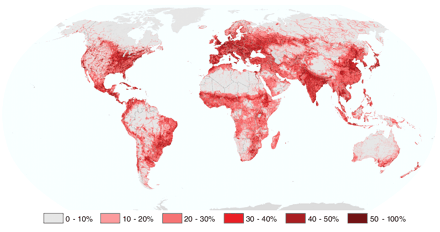Earlier this year we posted about how EU Regulations destroy agricultural biodiversity and proposed rules to allow the marketing of European traditional varieties. Eliseu Bettencourt, a colleague with a close interest, said then that he didn’t have enough time to intervene in the discussion. Now, he says, he has a chance. Which would be kind of dull except that he’s seen the very latest drafts of the documents …
The post of 19th February 2007 refers to the “Draft Commission Directive establishing the specific conditions under which seed and propagating material of agricultural and vegetable species may be marketed in relation to the conservation in situ and the sustainable use of plant genetic resources through growing and marketing”, supposedly due to come into force on 1st April 2007. The Directive did indeed materialize as the writer of the post so rightly guessed then, though he even refrained from the obvious joke.
I guess the writer was referring to the draft document of May 2006, which bore that title. According to the drafts I have had access to later, in February 2007, that document was sub-divided intro three different documents, respectively: Continue reading “Seed Regulation: How much is enough?”
